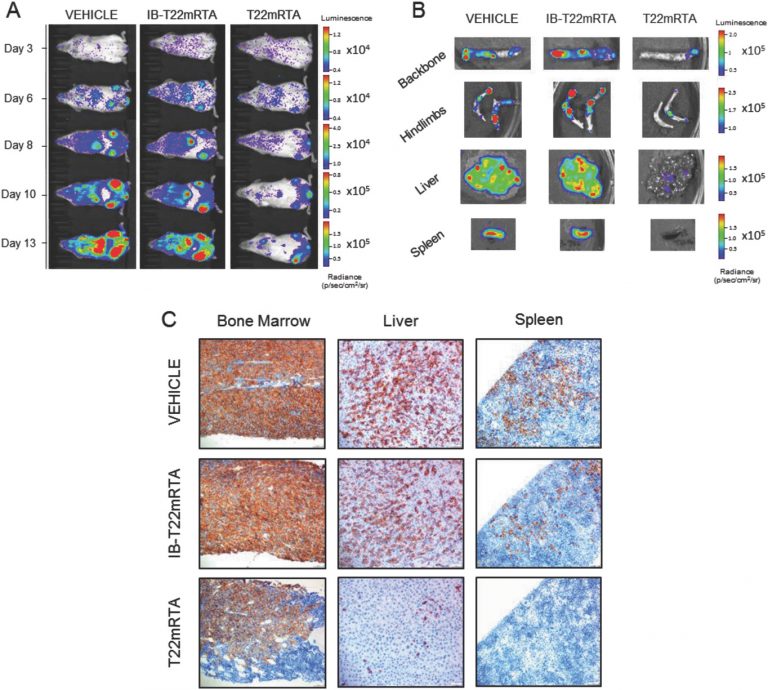Selective CXCR4+ Cancer Cell Targeting and Potent Antineoplastic Effect by a Nanostructured Version of Recombinant Ricin
Researchers of NANBIOSIS Unit 1 and NANBIOSIS Unit 18, led by Prof Antoni Villaverde have published the article “Selective CXCR4+ Cancer Cell Targeting and Potent Antineoplastic Effect by a Nanostructured Version of Recombinant Ricin” at SMALL journal.
Under the unmet need of efficient tumor‐targeting drugs for oncology, a recombinant version of the plant toxin ricin (the modular protein T22‐mRTA‐H6) is engineered to self‐assemble as protein‐only, CXCR4‐targeted nanoparticles. The soluble version of the construct self‐organizes as regular 11 nm planar entities that are highly cytotoxic in cultured CXCR4+ cancer cells upon short time exposure, with a determined IC50 in the nanomolar order of magnitude. The chemical inhibition of CXCR4 binding sites in exposed cells results in a dramatic reduction of the cytotoxic potency, proving the receptor‐dependent mechanism of cytotoxicity. The insoluble version of T22‐mRTA‐H6 is, contrarily, moderately active, indicating that free, nanostructured protein is the optimal drug form. In animal models of acute myeloid leukemia, T22‐mRTA‐H6 nanoparticles show an impressive and highly selective therapeutic effect, dramatically reducing the leukemia cells affectation of clinically relevant organs. Functionalized T22‐mRTA‐H6 nanoparticles are then promising prototypes of chemically homogeneous, highly potent antitumor nanostructured toxins for precise oncotherapies based on self‐mediated intracellular drug delivery.
See article: https://doi.org/10.1002/smll.201800665









